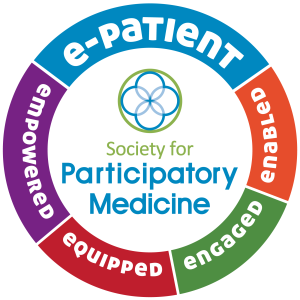Healthcare is one of the most collaborative industries I know. Granted, my entire professional career has been in health IT so maybe that’s a bold but uninformed statement. Healthcare organizations are very  open, transparent and willing to learn from one another. Whether it’s sharing best practices, hosting site visits, or the many collaborative groups that leaders participate in, we are constantly learning from one another.
open, transparent and willing to learn from one another. Whether it’s sharing best practices, hosting site visits, or the many collaborative groups that leaders participate in, we are constantly learning from one another.
Our upcoming Epic go live at the University of Vermont Health Network is no exception. Of course, we rely on the experience that our implementation partner and vendors have had at other similar organizations. That’s why organizations utilize their services.
But there’s also the professional networks that we develop and nurture over the years to draw on. When our CIO, Adam Buckley, asked me to look at an area that he was concerned about as we approach the go live, I did what I do. First, learn from the people doing the work and find out their concerns and what they think we need to do to ensure success. Then, turn to colleagues who have gone before us.
While I wasn’t close to this specific area when I was CIO at University of Michigan Hospitals and Health Centers and we implemented Epic, I knew I could talk to someone who was. I reached out to my CIO successor and one of the executive directors there to get a contact to talk to. Within an afternoon I had gotten a good sense from them of how they handled that function and insights from colleagues at two other large healthcare organizations. And then a follow-up call to drill down further with someone who manages the function. That’s the power of having a strong network and being able to learn from others. I owe them one! Continue reading








